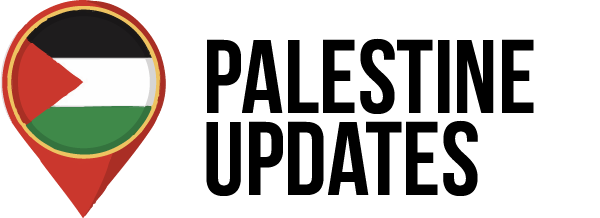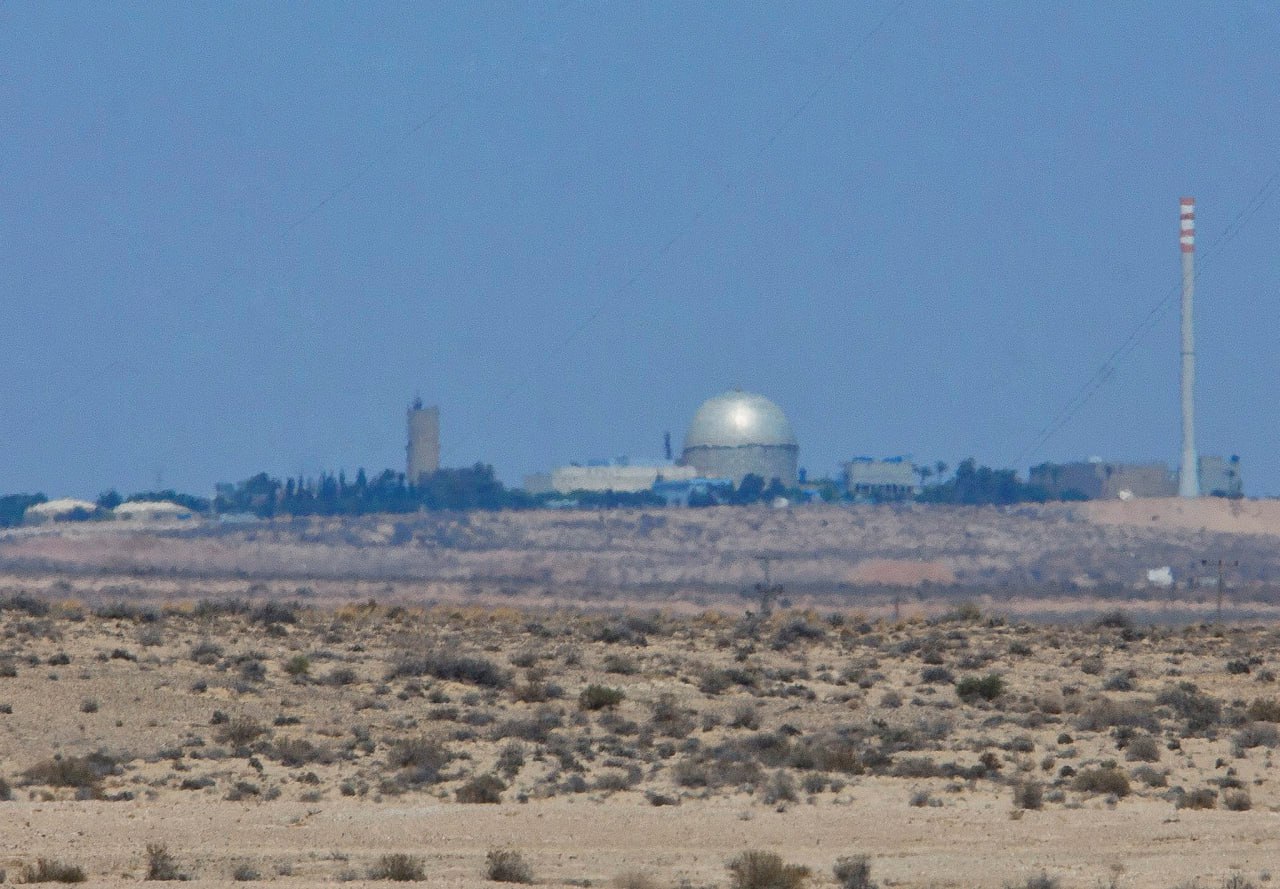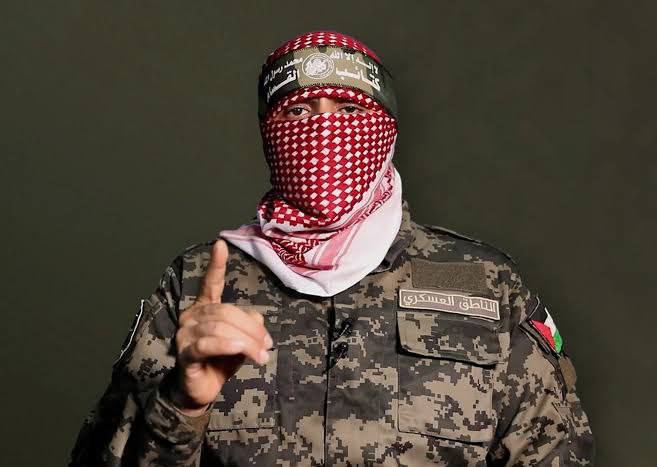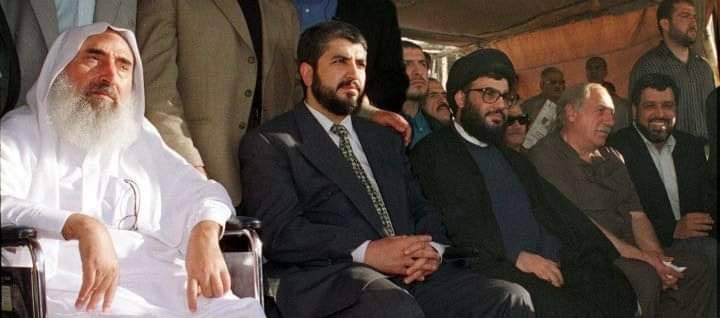"From Defeat to Resistance: Commemorating the Spirit of the Naksa and the Rise of Armed Struggle"
On the third anniversary of the Naksa — “the setback” — marked by the occupation of the West Bank, Gaza Strip, Syrian Golan Heights, and Egypt’s Sinai Peninsula by Zionist forces, a defiant George Habash raised an AK-47 rifle before a sea of chanting supporters. The crowd roared, “With our souls and with our blood, we will avenge you, O Hakim!” In his brief but powerful address, Habash declared: “O masses of our struggling people, today is the third anniversary of the June defeat.
However, these masses—our workers and our fellaheen—know, with these guns, how to transform defeat into victory.” His words echoed the rising tide of resistance that would grow across the Arab world and beyond, culminating in decades of militant and political defiance.
What the cheering crowds didn’t know was that just over three decades later, Gaza would liberate itself through armed struggle. Nor could they foresee that, on the eve of another Naksa anniversary, an Egyptian hero would symbolically march from the once-occupied Sinai to the still-occupied Naqab, breathing life into a new chapter of resistance.
The Naksa, often described as the "second Nakba," saw over 300,000 Palestinians displaced in 1967. It entrenched Zionist territorial gains and ignited a political shift among Arab regimes under pressure from Western powers, leading many governments toward normalization efforts.
Yet, despite official state policies, the Arab street resisted. From Camp David to Oslo to Wadi Araba, normalization agreements were rejected by the masses who remained unwavering in their demand for justice and return.
The path of resistance became marked by unforgettable moments: Kamal Adwan’s legacy, the Munich operation, the Alley of Death, and the twin battles of Beit Lid. From Jenin to the streets of Tel Aviv, from the 2017 and 2024 Flag Operations to the Al-Aqsa Flood, the torch of liberation passed between generations and geographies—stretching across Gaza, the West Bank, Lebanon, Iraq, Iran, and among freedom-loving people globally.
On the cover of Sumoud Magazine, one month after the Naksa, a clear message was emblazoned: “Resistance will remain the response to the defeat.” More than five decades later, those words still guide the resisting masses. The steadfastness, or sumoud, has proven more than a slogan—it remains a strategy of survival and a promise of eventual return and liberation.
Today, as we commemorate the Naksa, we also commemorate the resilience and defiance that it ignited. From George Habash’s raised rifle to the resistance movements across generations, the spirit of the Naksa has never faded—it has evolved, multiplied, and mobilized, reminding the world that for every occupation, there is a resistance determined to end it.







